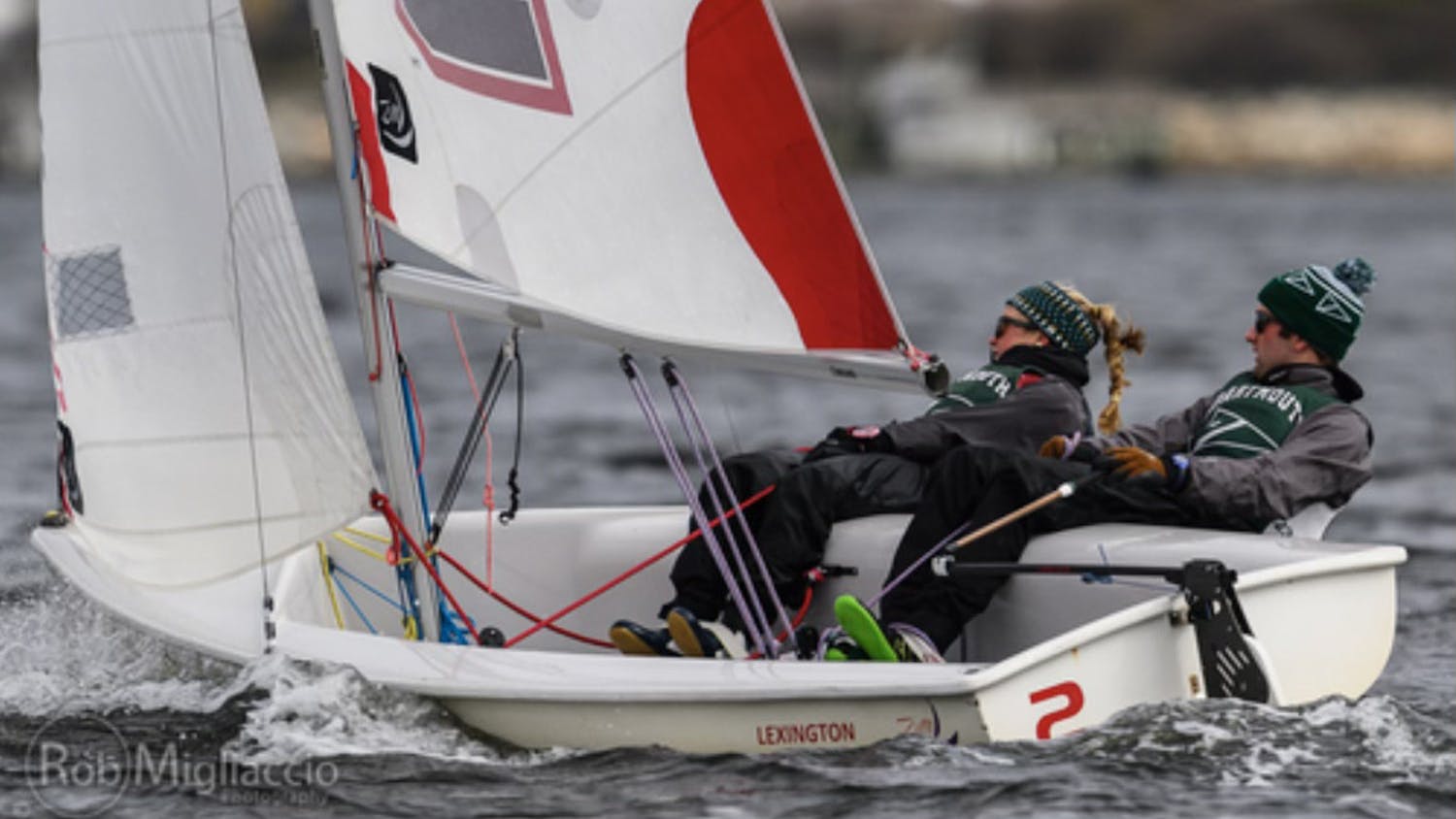In 2015, the Chicago Cubs relied on Jake Arrieta, the ace of their pitching staff, and its young and supremely talented core of position players, to carry the team to a 97-win regular season and a wild card berth in the National League Championship Series.
The team’s effort was heavily rewarded. Arrieta took home the Cy Young Award as the best pitcher in the National League. Kris Bryant, the Cubs’ brightest young star, earned Rookie of the Year, and their manager Joe Maddon was named Manager of the Year.
Each of these award recipients is back, and this year’s Cubs boasts the best record in baseball while locking up the National League Central crown. However, instead of being led on the mound by Arrieta, Dartmouth’s own Kyle Hendricks ’12 is the one who has been the team’s best pitcher all season.
Hendricks’ WHIP of 0.96, 15-7 record and MLB-best ERA of 2.03 have lifted him to the front of the National League Cy Young Race. On Tuesday night, he took a no-hitter into the ninth inning in St. Louis before Cardinals’ outfielder Jeremy Hazelbaker led off the bottom of the inning with a home run on an 0-2 change-up that hung over the plate longer than Hendricks wanted. The Cubs’ righty was three outs away from a historic outing but ended up continuing a trend he has set over the course of the 2016 season. Last night was just the latest in an ever-growing string of long and highly effective outings from Hendricks.
To most baseball fans, Hendricks’ transcendent 2016 campaign came out of nowhere. He posted an impressive 2.46 ERA over 13 starts in 2014 but regressed in 2015 over the course of a full season. He is on a league minimum contract, yet he has been as good as any pitcher in baseball in 2016.
The best way to understand how Hendricks has become such a dominant force from the rubber for the Cubs is to compare him to two other pitchers: one a former Cub who now has a plaque in Cooperstown to his name and the other, a rival in the Cy Young race.
Hendricks has thrived in an era of hard throwers despite a fastball that seldom cracks the 90 mile-per-hour mark. He also does not lean on the strikeout the way contemporaries like Max Scherzer or Madison Bumgarner do. Instead, Hendricks derives his success from excellent command and a devastating change-up. This style bears a striking resemblance to that of Greg Maddux, who, while best known for his time in Atlanta, sandwiched his Braves’ tenure between two stints on the North Side.
Like Hendricks, Maddux never threw hard. By the time he retired, his fastball sat in the mid-eighties. However, Maddux thrived using a circle changeup that was perhaps the best changeup baseball has ever seen. He was so accurate with his pitches that Los Angeles Dodgers’ great Orel Hershiser said he could “throw a ball in a tea cup.” While Hendricks may not be at Maddux’s level yet — few pitchers are — his accuracy and change-up have earned him the right to be compared to the hall of famer. His Cubs teammates even refer to him by Maddux’s old nickname, the “professor.”
The fact that the velocity on Hendricks’ fastball is slow relative to that of his peers is irrelevant because the pitch’s role within his arsenal is as a set-up for his elite change-up. Hendricks doesn’t need to throw his four-seam or sinker hard. He needs to throw those pitches often enough that hitters cannot sit on his changeup, and that is exactly what he does. Over 60 percent of his pitches are either four-seamers or sinkers, and the result is that hitters never know exactly when the change-up is coming. It is this confusion that propelled Maddux into the Hall of Fame, and it is the same crafty pitches that currently put Hendricks on track for the Cy Young. By keeping hitters guessing, Hendricks has held opponents to just a .173 batting average against his change this season.
On top of his change-up and his two forms of fastball, Hendricks mixes in a curveball, which is far from the knee-buckling breaking ball of Clayton Kershaw. While Hendricks seldom uses his curve, almost every time he does, it is a strike. This success is not because Hendricks throws the best curveball in baseball. It is because he is as good as any pitcher in baseball at keeping hitters off balance.
Currently, Kershaw is the most dominant pitcher in baseball. He posts a gaudy strikeout-to-walk ratio on the strength of his dominating “stuff.” In this regard, Hendricks cannot claim to rival the Dodgers’ ace. Kershaw would likely be the runaway favorite for the Cy Young if not for injuries. However, while Hendricks may not throw a curveball as well as Kershaw does, both boast similarly low numbers of deep fly balls while forcing hitters into a high number of infield pop outs. This roughly equates to giving up relatively few home runs while providing his infielders with the opportunity to convert easy outs on pop ups in the infield.
While Hendricks began at a considerable disadvantage in the race to win this year’s Cy Young race given that he was an unknown when the season started, he has pitched his way to the forefront of the list of potential winners. By the time the off-season rolls around, watch for Hendricks to collect some new hardware as well as an upgrade on his league-minimum contract to keep up with his dominant performance in 2016.



